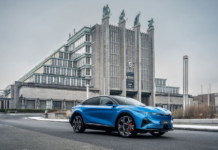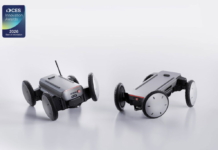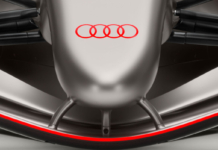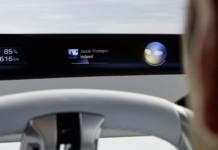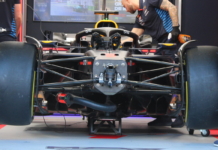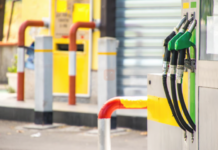Stellantis, in partnership with Saft (a TotalEnergies subsidiary), has unveiled a groundbreaking prototype vehicle featuring IBIS technology— a French-based collaborative research project aimed at developing a more efficient, sustainable, and cost-effective energy storage and electric conversion system.With real-world road testing now underway, this milestone marks a major leap forward in advancing electrification for both mobile and stationary energy applications.The first fully functional IBIS-equipped battery electric vehicle is a new Peugeot E-3008, built on the STLA Medium platform. This prototype follows years of design, modeling, and simulation by Stellantis and Saft, with support from E2-CAD, Sherpa Engineering, and leading French research institutions, including CNRS, Université Paris-Saclay, and Institut Lafayette.Since mid-2022, an initial IBIS demonstrator for stationary applications has been operational, validating key technical concepts and generating numerous patents. The transition to a mobile prototype represents a leap forward in the system’s development.How It Works: Integration That Simplifies EverythingIBIS reimagines the electric powertrain by embedding inverter and charger functionalities directly into the battery, regardless of chemistry or application. This architecture supports both alternating current (AC) and direct current (DC), supplying electric energy directly to the motor or grid, while simultaneously supplying the vehicle’s 12V network and auxiliary systems.Key Benefits– Efficiency & Performance: Up to 10% energy efficiency improvement (WLTC cycle) and 15% power gain (172 kW vs. 150 kW) with the same battery size.– Weight & Space Savings: Reduces vehicle weight by ~40 kg and frees up to 17 liters of volume, enabling better aerodynamics and design flexibility.– Faster Charging: Early results show a 15% reduction in charging time (e.g., from 7 to 6 hours on a 7 kW AC charger), along with 10% energy savings.– Simplified Maintenance: Easier servicing and enhanced potential for second-life battery reuse in both automotive and stationary applications.IBIS also streamlines maintenance and facilitates the reuse of second-life batteries in stationary automotive applications by reducing the need for extensive reconditioning.Sep 19, 2025
First Prototype Vehicle Featuring Intelligent Battery Integrated System Begins Real-World Testing
İLGİ ÇEKENLER
Çok Okunanlar
The Benetton from Michael Schumacher’s first F1 joy is up for auction
The 'competitions' at...
Active aerodynamics: a third mode arrives for 2026
The 2026 technical...
Honda, Watanabe: “Verstappen meant a lot to us, like Senna”
Honda says goodbye...
Silvia Hoffer leaves her position as media manager of Scuderia Ferrari
Hoffer bids farewell...
Audi on track tomorrow for the shakedown
From the first...
Horner-Alpine? There is a bureaucratic obstacle until September
Otro Capital wants...
Ralf Schumacher: “Hamilton doesn’t like being on the simulator, while Leclerc uses it every day”
Hamilton and Ferrari...
A Milestone for Human-Vehicle Interaction. BMW Intelligent Personal Assistant expanded to include Amazon Alexa + Technology
In 2026, BMW will expand its BMW Intelligent Personal Assistant, built on Amazon’s AI Alexa+...
New frames: tougher crash tests and weight will make doubly the difference
The new regulations...
Historic Formula 1 techniques: Ferrari 158-1512 (1964-65) – Fourth Part
The sporting results...











